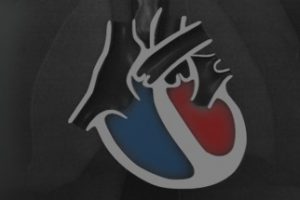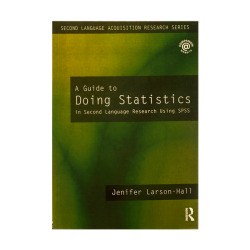Map of the Human Heart
Map of the Human Heart
- By Kate Hudec
Your heart is an extraordinary biological machine. In a single day, it beats roughly 100,000 times, pumping blood throughout your body. In this animated interactive, explore an anatomy of the human heart, see exactly how the heart works, and discover other mind-boggling heart facts.

NOVA_Map_Human_Heart – Click here to download the file in zip
Map of the Human Heart
Day and night, the muscles of your heart contract and relax to pump blood throughout your body. In the Step Thru below, see the complicated path the blood takes as it moves in and out of the heart.
Step Thru Animation
- Oxygen-poor blood (shown in blue) flows from the body into the right atrium.
- Blood flows through the right atrium into the right ventricle.
- The right ventricle pumps the blood to the lungs, where the blood releases waste gases and picks up oxygen.
- The newly oxygen-rich blood (shown in red) returns to the heart and enters the left atrium.
- Blood flows through the left atrium into the left ventricle.
- The left ventricle pumps the oxygen-rich blood to all parts of the body.
Anatomy
Do right and left seem backward? That’s because you’re looking at an illustration of somebody else’s heart. To think about how your own heart works, imagine wearing this illustration on your chest.
- aorta
- superior vena cava
- right atrium
- inferior vena cava
- pulmonary valve
- tricuspid valve
- right ventricle
- mitral valve
- left ventricle
- pulmonary artery
- aortic valve
- left atrium
Heart Facts
Put your hand on your heart. Did you place your hand on the left side of your chest? Many people do, but the heart is actually located almost in the center of the chest, between the lungs. It’s tipped slightly so that a part of it sticks out and taps against the left side of the chest, which is what makes it seem as though it is located there. Hold out your hand and make a fist. If you’re a kid, your heart is about the same size as your fist, and if you’re an adult, it’s about the same size as two fists.
Give a tennis ball a good, hard squeeze. You’re using about the same amount of force your heart uses to pump blood out to the body. Even at rest, the muscles of the heart work hard—twice as hard as the leg muscles of a person sprinting.The aorta, the largest artery in the body, is almost the diameter of a garden hose. Capillaries, on the other hand, are so small that it takes ten of them to equal the thickness of a human hair.
Feel your pulse by placing two fingers at pulse points on your neck or wrists. The pulse you feel is blood stopping and starting as it moves through your arteries. As a kid, your resting pulse might range from 90 to 120 beats per minute. As an adult, your pulse rate slows to an average of 72 beats per minute.Your body has about 5.6 liters (6 quarts) of blood. This 5.6 liters of blood circulates through the body three times every minute. In one day, the blood travels a total of 19,000 km (12,000 miles)—that’s four times the distance across the U.S. from coast to coast.
The heart pumps about 1 million barrels of blood during an average lifetime—that’s enough to fill more than 3 super tankers.Your heart beats about 100,000 times in one day and about 35 million times in a year. During an average lifetime, the human heart will beat more than 2.5 billion times. lub-DUB, lub-DUB, lub-DUB. Sound familiar? If you listen to your heart beat, you’ll hear two sounds. These “lub” and “DUB” sounds are made by the heart valves as they open and close.
Source:https://www.pbs.org




